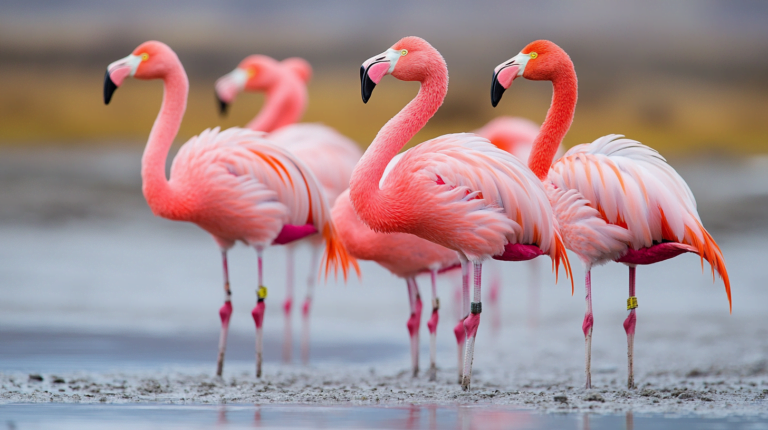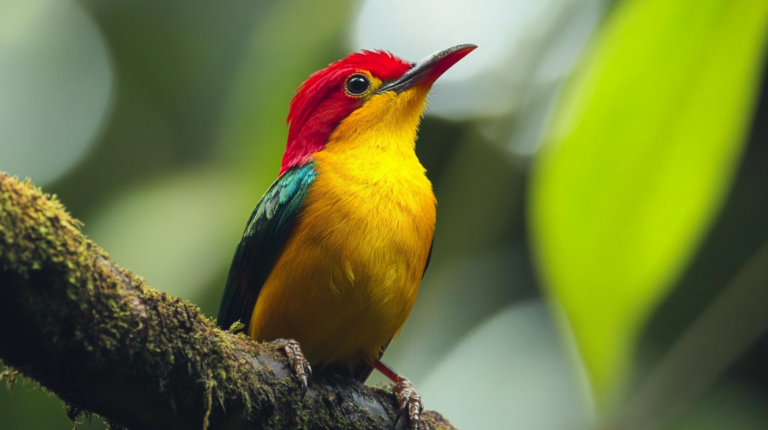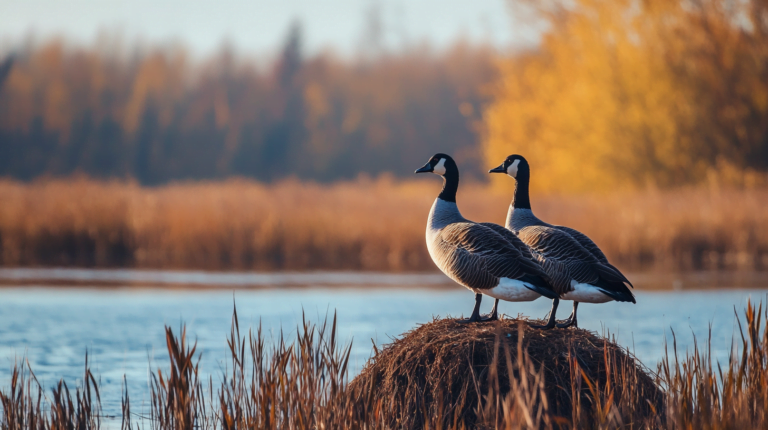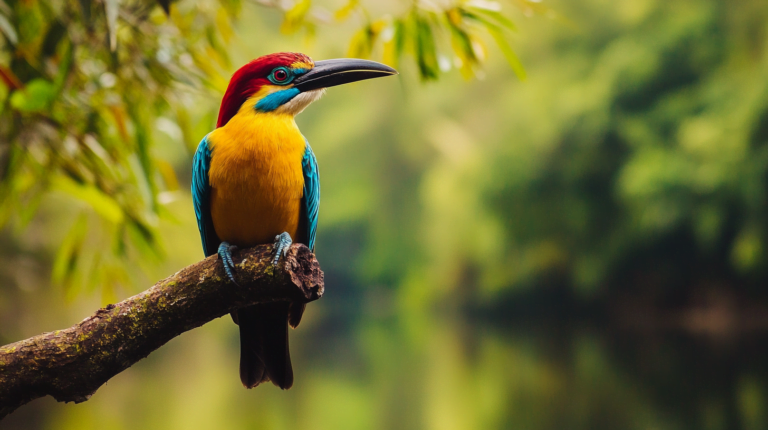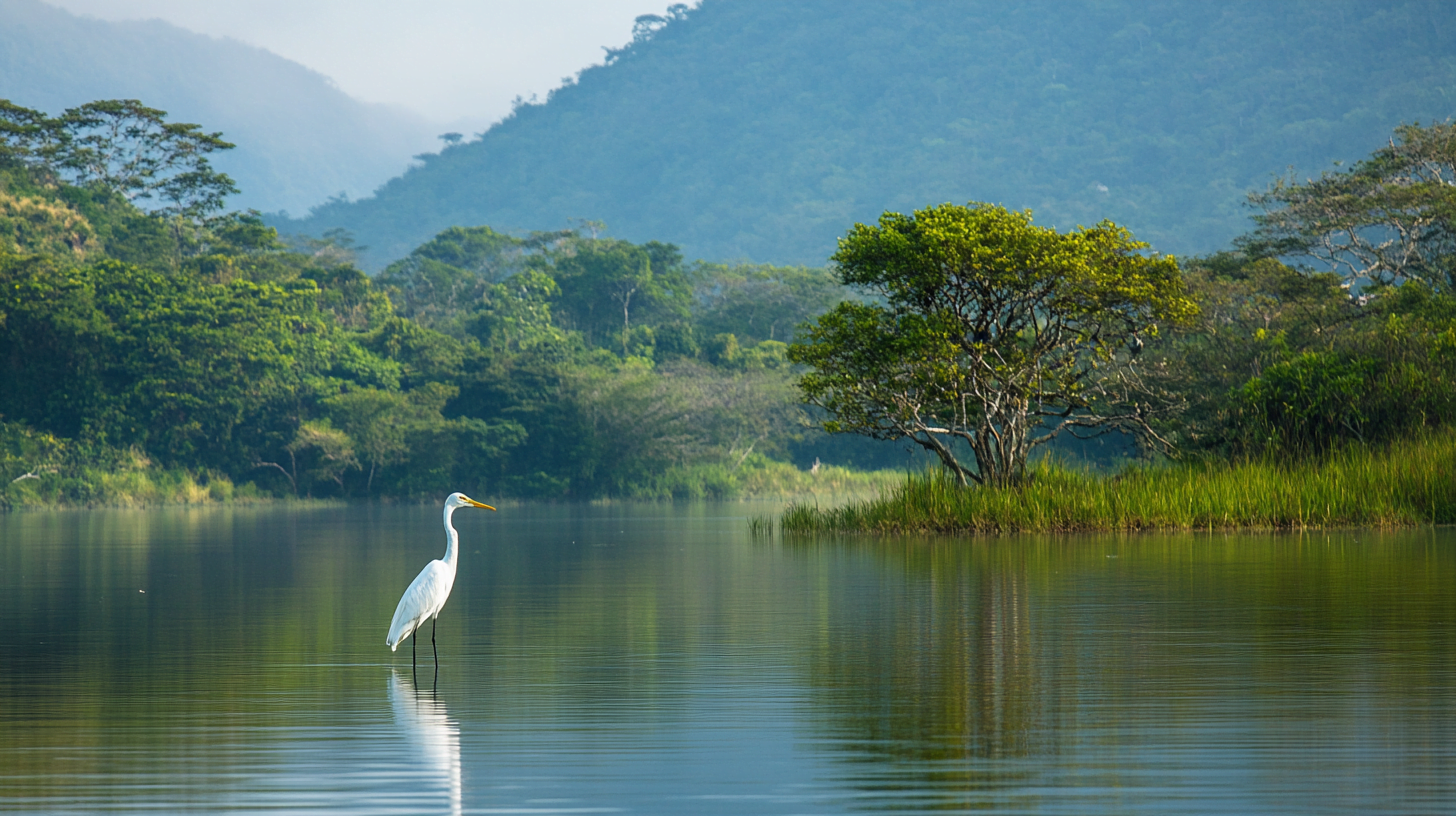
Venezuela, a country blessed with diverse ecosystems and stunning landscapes, is a haven for birdwatchers from around the world. With over 1,400 bird species calling this South American nation home, it’s no wonder that Venezuela ranks as the sixth most bird-diverse country globally. In this comprehensive guide, we’ll explore the best birdwatching spots in Venezuela, offering insights into the unique avian experiences each location provides.
Why Choose Venezuela for Birdwatching?
Before we dive into the specific locations, let’s understand what makes Venezuela such an exceptional destination for bird enthusiasts:
- Incredible Diversity: Venezuela hosts approximately 12% of the world’s known bird species.
- Endemic Species: The country boasts 58 endemic bird species, many of which can be found in the regions we’ll discuss.
- Varied Ecosystems: From coastal mangroves to Andean peaks, Venezuela’s diverse habitats support a wide array of bird species.
- Accessibility: Many prime birdwatching spots are relatively easy to reach, making it convenient for birders of all experience levels.
Now, let’s explore the top birdwatching destinations in Venezuela:
1. Henri Pittier National Park: A Birdwatcher’s Paradise
Henri Pittier National Park, Venezuela’s first national park, is a must-visit destination for any serious birdwatcher. Located in the central portion of the Cordillera de la Costa mountain range, this park offers an incredible variety of habitats and species.
Key Features:
- Biodiversity: Home to over 580 bird species, representing more than 40% of Venezuela’s avian diversity.
- Altitudinal Gradient: The park’s varying elevations create diverse habitats, from mangroves to cloud forests.
- Endemic Species: Several endemic birds can be spotted here, including the Venezuelan Wood-quail and the Handsome Fruiteater.
Best Spots Within the Park:
- Rancho Grande Biological Station: An excellent location for observing cloud forest species.
- Ocumare Road: Offers drier forest birding on the north side of the mountain.
- Choroní Road: Passes through mid-elevation forest, perfect for spotting quetzals and guans.
“Henri Pittier National Park is a world-class birdwatching destination, offering a glimpse into Venezuela’s incredible avian diversity.” – Local ornithologist
2. Los Llanos: A Wetland Wonder
Los Llanos, a vast plain that covers much of central Venezuela, is a birdwatcher’s dream, especially during the dry season when birds concentrate around shrinking water sources.
Highlights:
- Waterbird Spectacle: Home to large numbers of herons, ibises, and waterfowl.
- Raptor Diversity: Over 20 species of raptors can be observed here.
- Unique Species: Look out for the Scarlet Ibis, Jabiru, and Hoatzin.
Best Time to Visit:
The optimal time for birdwatching in Los Llanos is between December and March, particularly February and March when the area is drying out, concentrating wildlife around remaining water sources.
Recommended Lodges:
- Hato Piñero Lodge
- Hato El Cedral
3. Andes Mountains: High-Altitude Birding
The Venezuelan Andes offer a completely different birdwatching experience, with unique high-altitude species and breathtaking scenery.
Key Areas:
- Mérida Region: Home to several endemic species.
- La Mucuy Bird Observatory: An excellent spot for observing cloud forest birds.
Notable Species:
- White-bearded Helmetcrest
- Merida Sunangel
- Andean Condor (rare, but possible)
Pro Tip: The best time to look for the White-bearded Helmetcrest is during the rainy season (April to November), although some birds remain year-round.
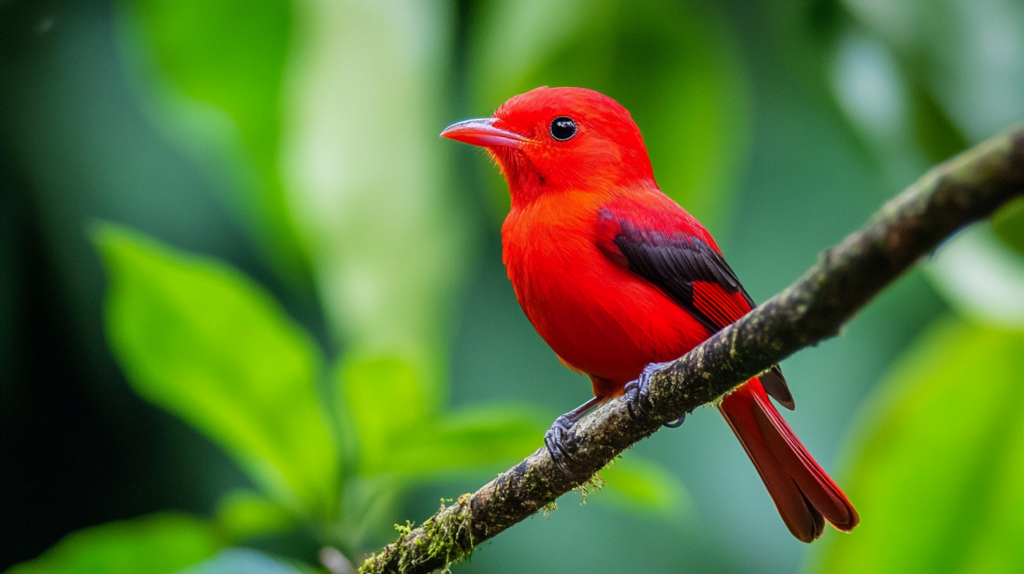
4. Canaima National Park: Tepui Specialties
Famous for Angel Falls, Canaima National Park is also a fantastic birdwatching destination, particularly for those interested in tepui-dwelling species.
Unique Attractions:
- Tepui Endemics: Look for birds adapted to the unique tepui ecosystems.
- Waterfall Birding: Combine birdwatching with visits to stunning waterfalls.
Notable Species:
- Tepui Tinamou
- Roraiman Antwren
- Tepui Goldenthroat
5. Orinoco Delta: Mangrove Marvels
The Orinoco Delta offers a unique birdwatching experience in a maze of waterways and mangrove forests.
Highlights:
- Wetland Species: Abundant waterbirds and shorebirds.
- Endemic Species: Look for the Orinoco Softail and Delta Amacuro Softail.
- Cultural Experience: Combine birdwatching with visits to indigenous Warao communities.
Best Way to Explore:
Book a tour with a reputable eco-lodge that offers guided boat trips through the delta’s channels.
6. Morrocoy National Park: Coastal Birding
For those interested in coastal and marine bird species, Morrocoy National Park is an excellent choice.
Key Features:
- Mangrove Ecosystems: Perfect for observing waders and shorebirds.
- Island Hopping: Visit various keys for different birding experiences.
- Accessibility: Relatively close to major cities, making it an easy addition to your itinerary.
Notable Species:
- Scarlet Ibis
- Roseate Spoonbill
- Various tern and gull species
Essential Tips for Birdwatching in Venezuela
To make the most of your birdwatching adventure in Venezuela, keep these tips in mind:
- Hire a Local Guide: Their expertise can significantly enhance your birdwatching experience.
- Bring Proper Equipment: Good binoculars, a spotting scope, and a reliable field guide are essential.
- Be Prepared for Various Climates: Venezuela’s diverse ecosystems mean you’ll encounter different weather conditions.
- Practice Ethical Birdwatching: Respect wildlife and local communities.
- Stay Informed: Check current travel advisories before planning your trip.
Conservation Efforts and Responsible Tourism
As you enjoy Venezuela’s incredible birdlife, it’s important to be aware of conservation efforts and how you can contribute:
- Support Local Conservation Projects: Many lodges and tour operators contribute to conservation efforts.
- Minimize Your Impact: Follow Leave No Trace principles during your visits.
- Report Sightings: Many areas welcome data from visiting birdwatchers to aid in conservation efforts.
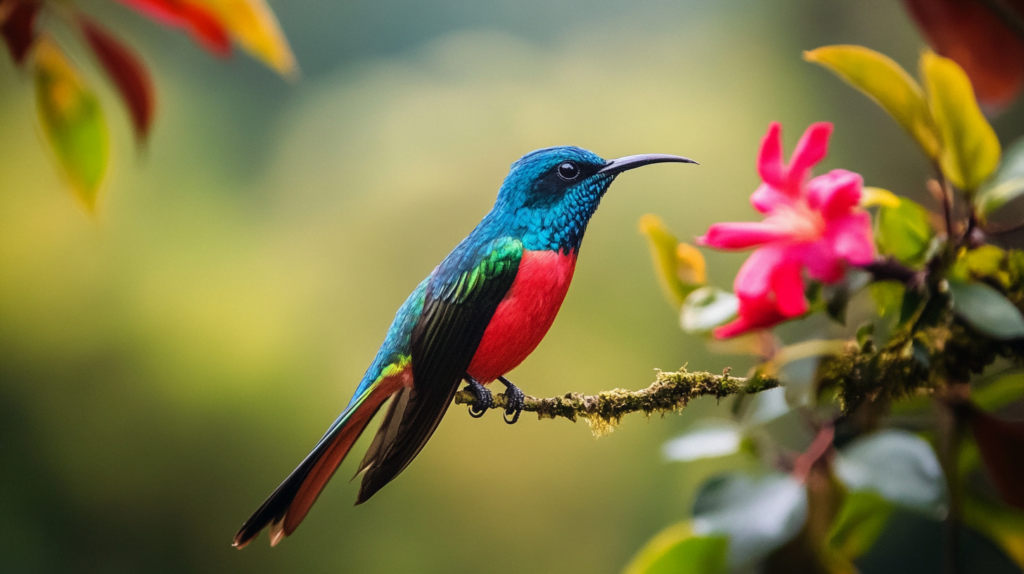
Planning Your Venezuela Birdwatching Trip
When planning your birdwatching adventure in Venezuela, consider the following:
Best Time to Visit:
The best time for birdwatching in Venezuela generally aligns with the dry season, from December to April. However, this can vary depending on the specific region you’re visiting.
Visa Requirements:
Most visitors to Venezuela require a visa. Check with the Venezuelan embassy or consulate in your country for the most up-to-date information.
Health and Safety:
- Vaccinations: Ensure you’re up-to-date on routine vaccinations and consider additional ones like Yellow Fever.
- Travel Insurance: Comprehensive travel insurance is highly recommended.
- Safety Precautions: Stay informed about the current situation in Venezuela and follow local advice.
Packing Essentials:
- Binoculars and spotting scope
- Field guide to Venezuelan birds
- Lightweight, breathable clothing
- Insect repellent and sunscreen
- Reusable water bottle
Conclusion
Venezuela’s best birdwatching spots offer an unparalleled opportunity to observe a vast array of avian species in diverse and stunning settings. From the cloud forests of Henri Pittier National Park to the wetlands of Los Llanos and the unique tepuis of Canaima, each destination provides a unique window into the country’s rich biodiversity.
By visiting these locations responsibly, birdwatchers not only enjoy incredible sightings but also contribute to the ongoing conservation of Venezuela’s natural treasures. Whether you’re a seasoned birder or a curious nature enthusiast, Venezuela’s birdwatching spots promise an unforgettable experience filled with rare sightings, breathtaking landscapes, and the thrill of discovery.
So pack your binoculars, grab your field guide, and prepare for an avian adventure like no other in the heart of South America. Venezuela’s feathered residents are waiting to captivate you with their beauty, diversity, and the sheer joy of birdwatching in one of the world’s most biodiverse countries.
